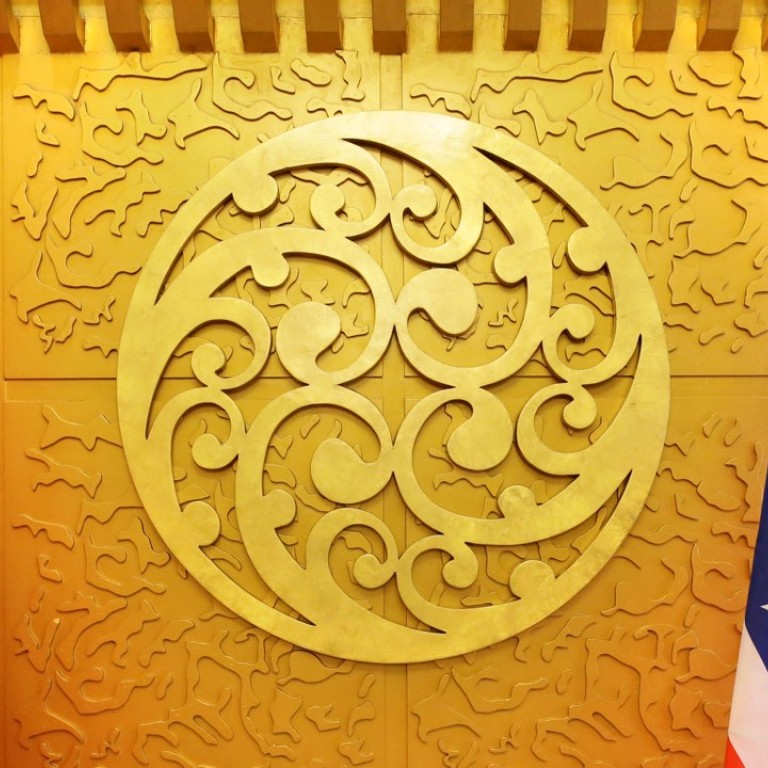
China carefully cherry-picking tariffs to impose in trade war with US
Beijing opting for lower duties for items where substitution is more difficult
Beijing has been forced to be more restrained in its trade war with Washington, levying lower duties on US goods it cannot easily buy elsewhere, as it scrambles to match the near-exhaustive list of US tariffs proposed on Chinese goods, analysts say.
Chinese authorities on Friday proposed four different tariff amounts ranging from 5 to 25 per cent on the US$60 billion of US products in its latest round of countermeasures, with lower duties for items that have lower levels of substitution.
The move would slap the highest 25 per cent tariff on imports such as liquefied natural gas (LNG), as well as consumer goods from fishing rods to cotton skirts, metals such as iron and copper ore, and all types of wood, according to a statement from the finance ministry.
Trade war storm clouds loom over China leaders’ summer getaway
From there, tariffs would be lowered on a spectrum for different products from 20 per cent to 10 per cent, with the lowest 5 per cent duties issued for goods such as aircraft and automobile parts, chemical wood pulp, and various medical instruments – substances which are needed for China’s industrial production.

Wei Jianguo, former vice-minister of commerce, described the spectrum-based tariff strategy as one of “precision” in order to protect China’s economic and industrial interests, even if it does not match the magnitude of US tariff threats.
“The trade war requires a targeted approach, taking care of the market needs while avoiding excessive losses is China’s comprehensive consideration,” he said. “The items on the 5 per cent tariff list have more chemical and industrial parts, so our thinking is more precise, to protect domestic enterprise and production while also taking care of the global production, supply and service chains.”
The new tariffs followed White House threats last week to raise proposed duties on US$200 billion in Chinese goods from 10 per cent to 25 per cent, in a trade war that has seen no signs of abating with weeks of stalled negotiations.
But China did not target the same value of US products, as it has during the previous rounds of tit-for-tat tariffs, leading to concerns about whether China is running out of options and how more drastic actions will impact its economy.
China imports only about US$130 billion in US goods, but US President Donald Trump has signalled he is prepared to levy tariffs on all US$500 billion of Chinese products exported to the US.

Tommy Wu, senior economist at Oxford Economics, said the Chinese tariff lists follow the rationale of product substitution value, with 25 per cent duties targeting less technical goods and apparel-based items, with the notable exception of LNG. China also avoided targeting key items it relies on the US for, including integrated circuits, higher-end semiconductors, or large aircraft.
“This list is carefully crafted,” Wu said. “For [highly technical] products, on the Chinese side, they don’t have a lot of choice. For example, semiconductors, they have to buy it from the US. In the longer term, there is maybe some substitution and they will double down efforts to develop their own technologies in these different areas.
“But in the short and medium term, there is no substitution for these products.”
Trade war new blow for US beef as industry tries to regain China foothold
Shortly after the finance ministry statement, a commentary published by People’s Daily on its social media account said China had to carefully assess the impact on its financial market and the economy when contemplating its retaliatory measures.
Such measures were needed to counter the use of “hot money to attack our nation’s financial market through manipulating the trade war”, said the commentary written by Mei Xinyu, a researcher at the Chinese Academy of International Trade and Economic Cooperation.

Mei also said it was possible for the US to impose additional tariffs on US$300 billion worth of Chinese goods, a “large portion of which China does not have alternative sources of supply”. However, the cost of imposing such tariffs “would inevitably be passed onto American consumers, building up more US inflation pressure”.
Allan von Mehren, China economist for the Denmark-based Danske Bank, said Beijing had stopped using the expression of hitting back at the US “with similar scale and force”, but that it could still hit the US where it hurts in agriculture and energy, while making life more difficult for US companies in China or even encouraging consumer boycotts.
“China thinks very long term, and has tools to mitigate the short-term pain,” he said. “It’s not the ideal situation, but it can cope with it.”


